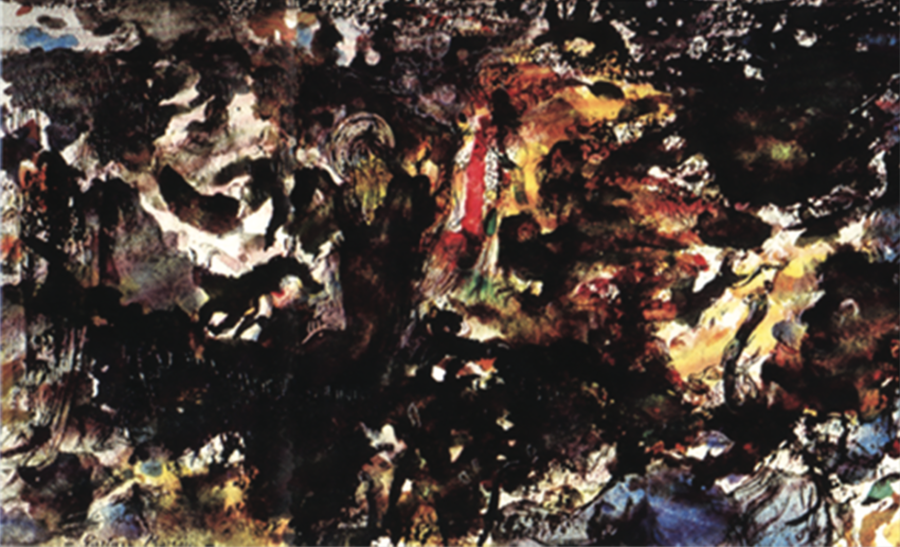Introduction
This post focuses on the revolution in painting that gathered momentum in the latter part of the nineteenth century. A key factor in its genesis was an earlier and still ongoing revolution in the then emerging science of visual perception (more posts on aspects of this to follow). At the core of this was an accumulation of evidence that demonstrated that colour is not a property of surfaces in the external world but a construction by the eye/brain. In Chapter 6 of my book “Fresh Insights into Creativity“, I have described what occurred as “The Modernist Experiment”. The word “experiment” is used because the discoveries of science, the threat of the recently invented photograph and the challenge to well-embedded assumptions posed by the Japanese print, led to:
- A root and branch questioning of just about every aspect of painting.
- A concerted effort to make paintings that would push forward the search for answers.
More than ever before, the thought-processes and working practice of artists illustrated the earlier groundbreaking contention of John Constable that “paintings should be regarded as experiments“.
A link to the chapter
Please click on the link below to access the chapter in question. In it you will read how the revolution in painting evolved between the 1860s, when the young Impressionists met with now celebrated poets and writers in the Café Guerbois, Paris, and the 1960s, when an exhibition called “The Art of the Real“, at the Museum of Modern Art, New York, prepared the way for the arrival of so-called “Post Modernism” (to be the subject of a later Post).
CHAPTER 6 – “THE MODERNIST EXPERIMENT”
Three products of the revolution in painting
The three paintings below show three late nineteenth century painters experimenting with approaches to picture making which would have been inconceivable before the Modernist revolution in painting:

- Gustav Moreau was an early influence on Degas and the teacher of Matisse,

- For detail on the experimental attitude of Toulouse-Lautrec, see Chapter 7: “Toulouse Lautrec , the questioning of values”.

- Berthe Morisot studied under Corot, a precursor of Modernism in painting, before meeting Manet and marrying his brother. Who influenced whom is a moot question.
Other chapters from “Fresh insights to creativity”
Extracts from Chapter 10: “Having fun with creativity”
- An inspirational story: a child draws a potato
- The nature of truth
- The case for being a flat earther:
- Playful fancies as a stimulus to creativity
- Tapies advocates playing games
- Cézanne fall short
- False confidence
- Self deception
Full list of Posts
Back to the top of the page
merci Francis de toutes ces informations passionnantes qui me facilitent mon chemin de connaissance sur l’art, et nourrissent mon travail personnel.
Your comment about experimental approaches to art was timely. Much appreciated, as always.
Judith
In this day and age it can be difficult to imagine a time (not so long ago actually) when what today we take for granted was truly avant garde. It is particularly fascinating to notice that many of the questions asked are still relevant today. Fascinating to see the catalogue for ‘The Art of the Real’. As usual, a very interesting and pertinent topic. Thank you.
I like the subjects you cover in your Posts and the way you write, and thank you for the various links. I find this most helpful in creating a ‘big picture,’ e.g. The Art of the Real. In my own experimentations, I find myself viscerally drawn through imagination to a field inspired by Rothko and Still. And so it goes on…